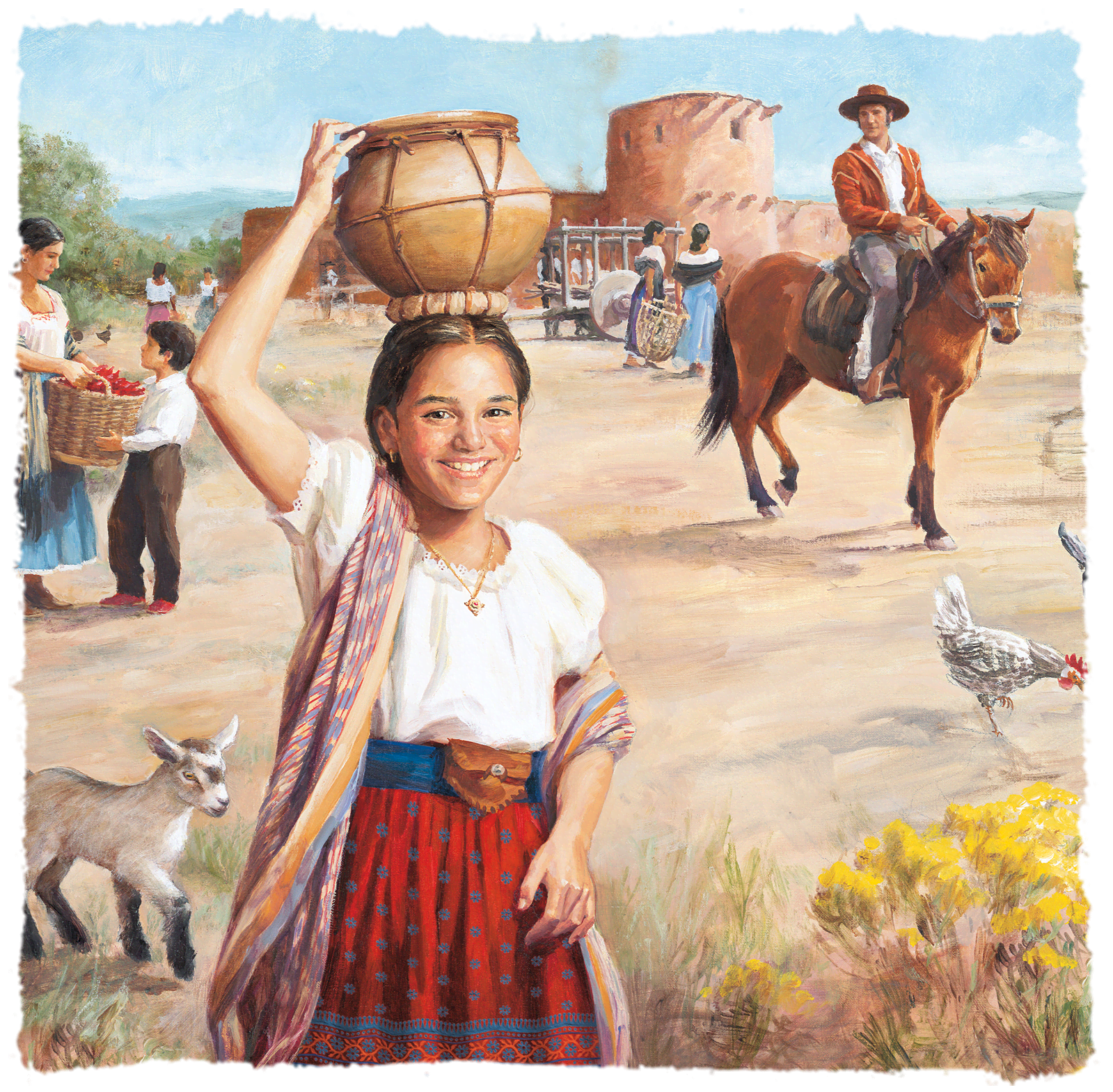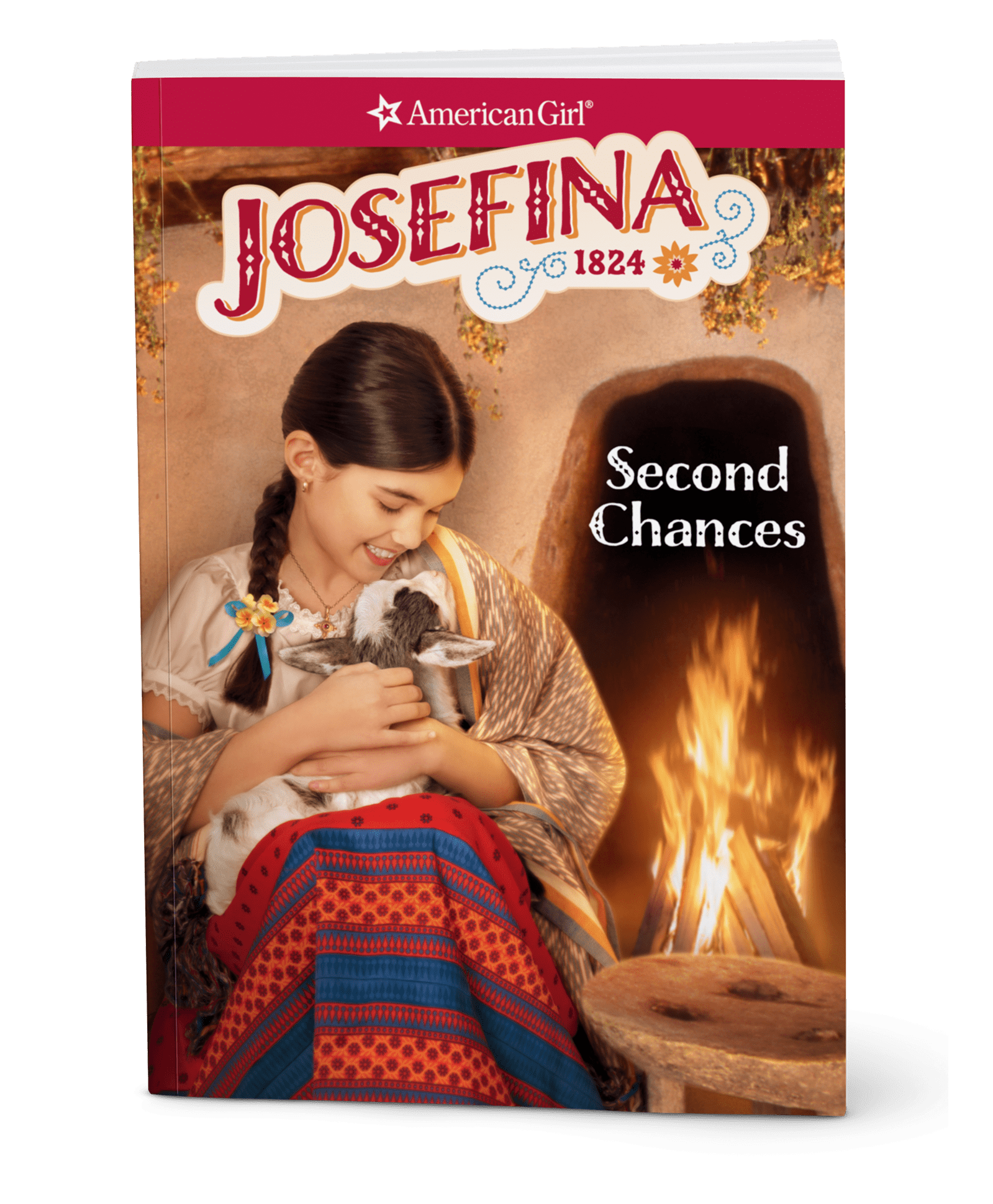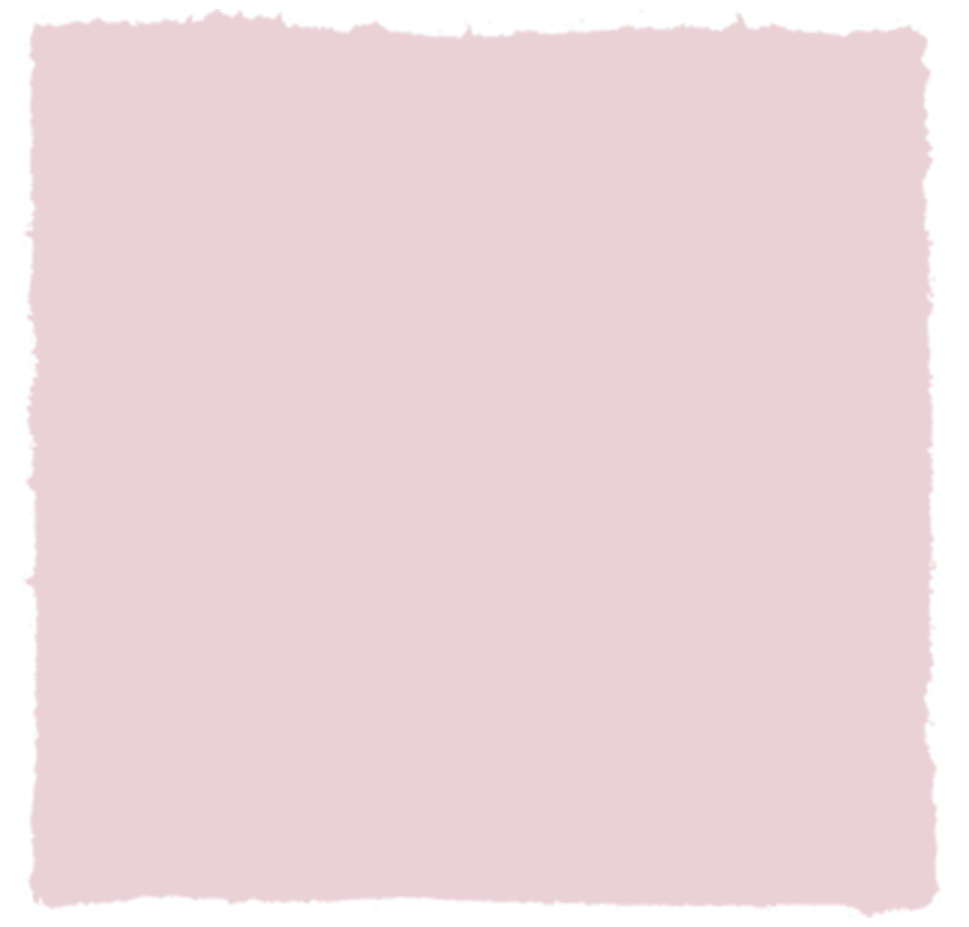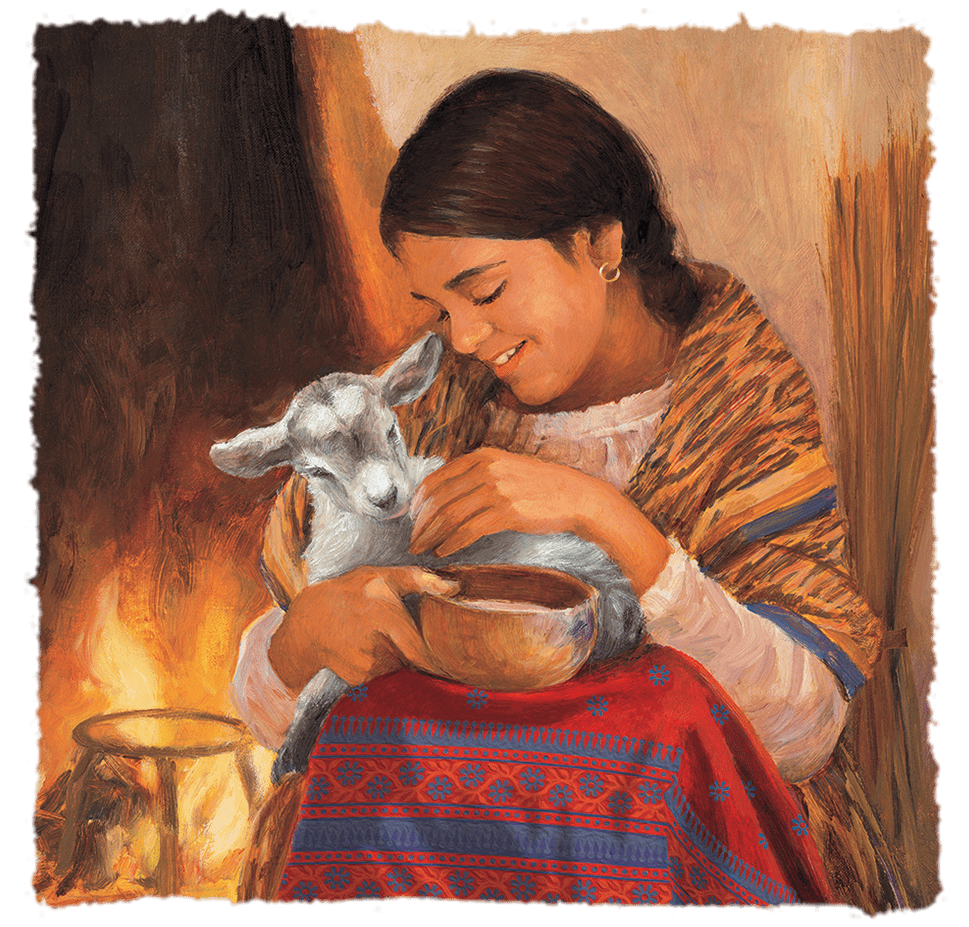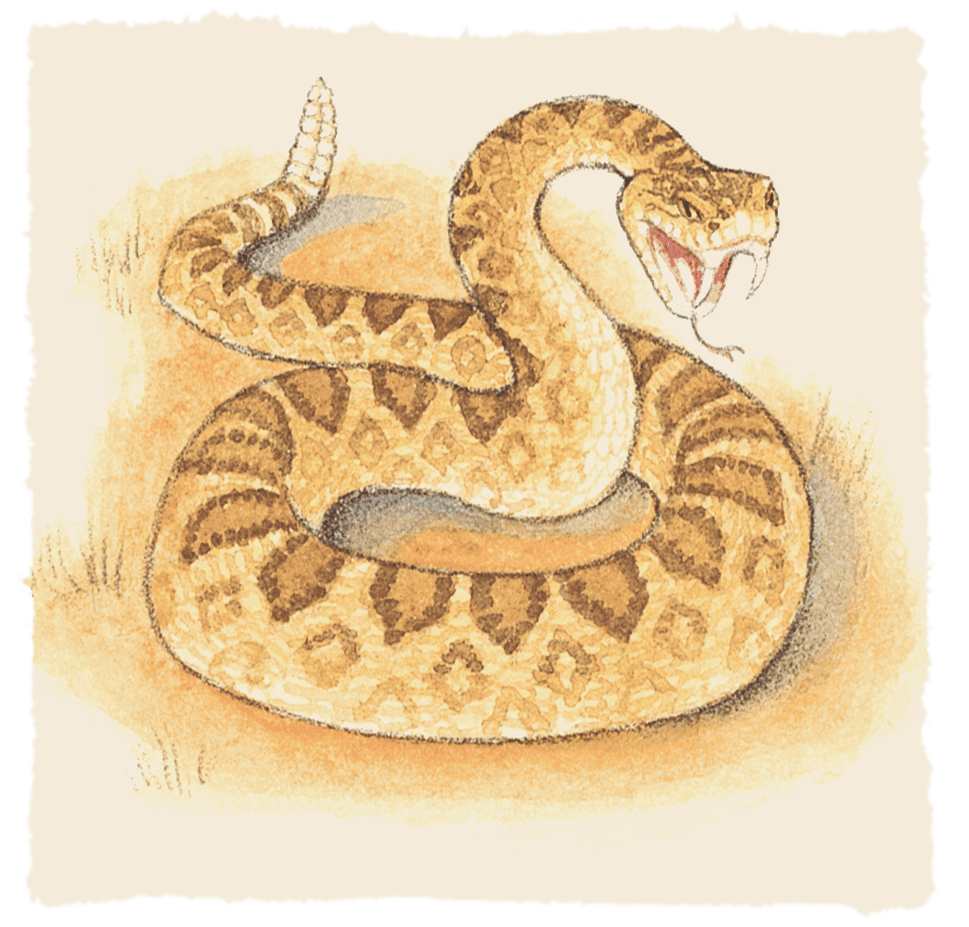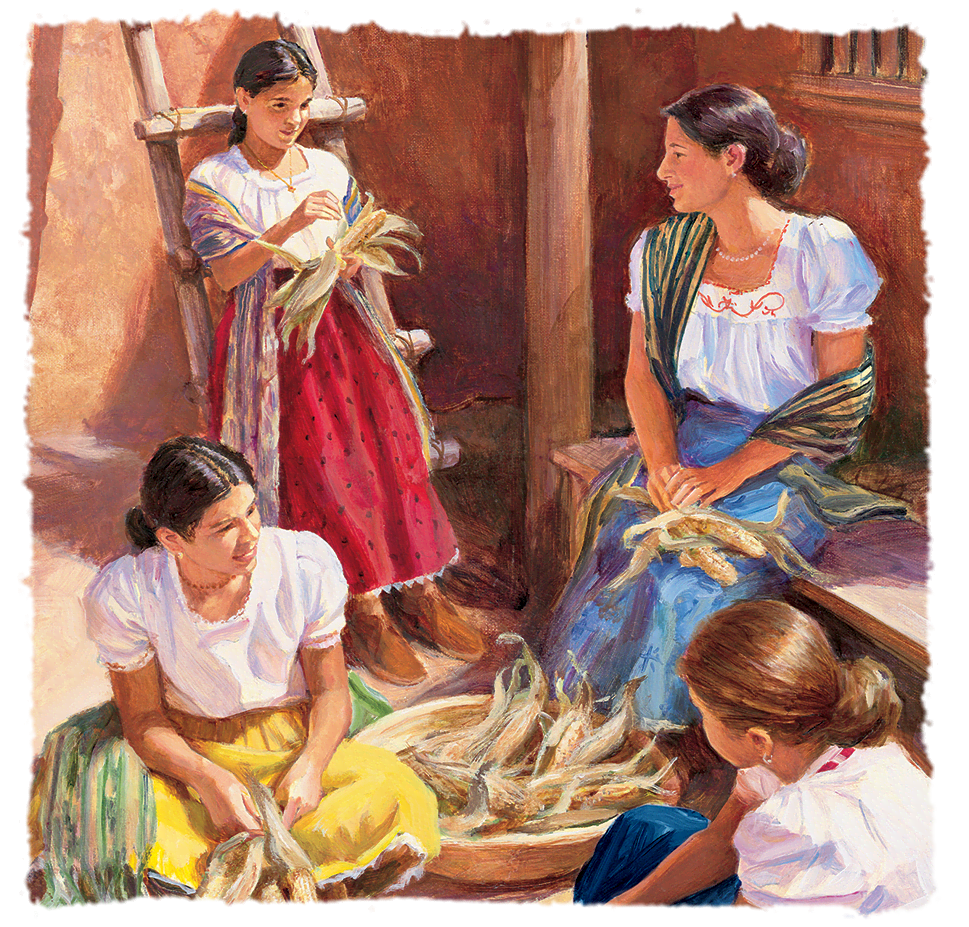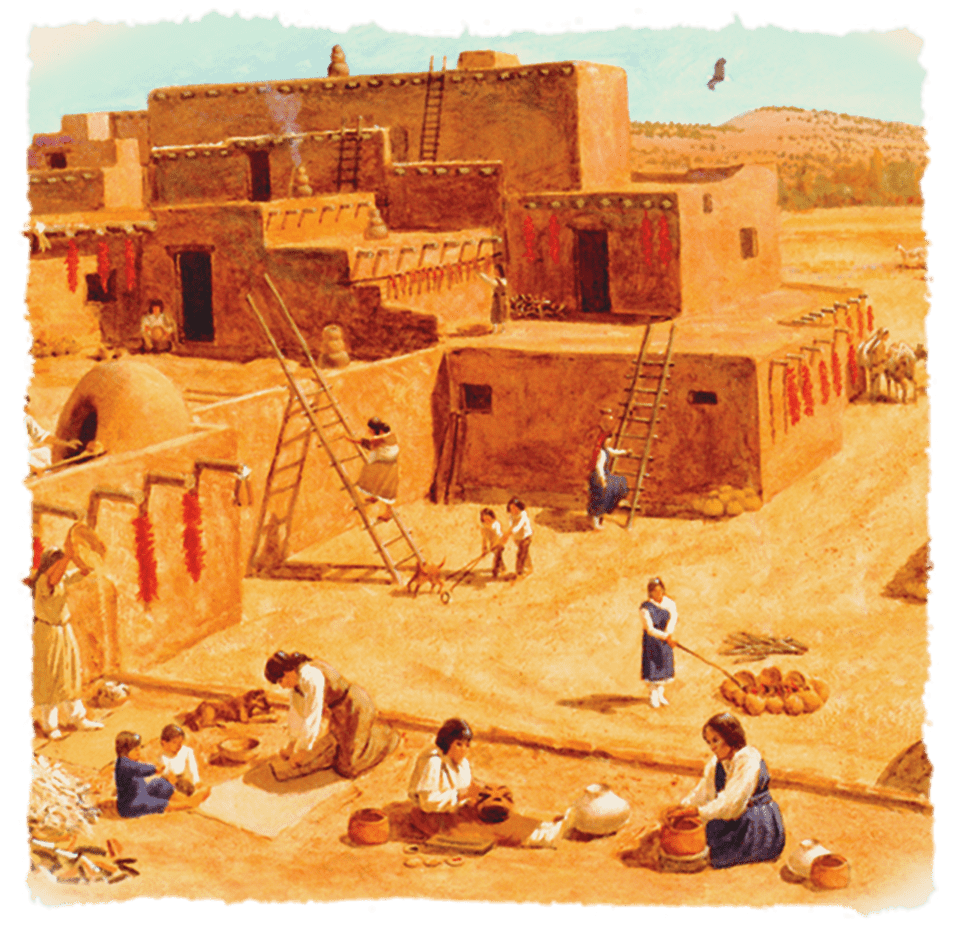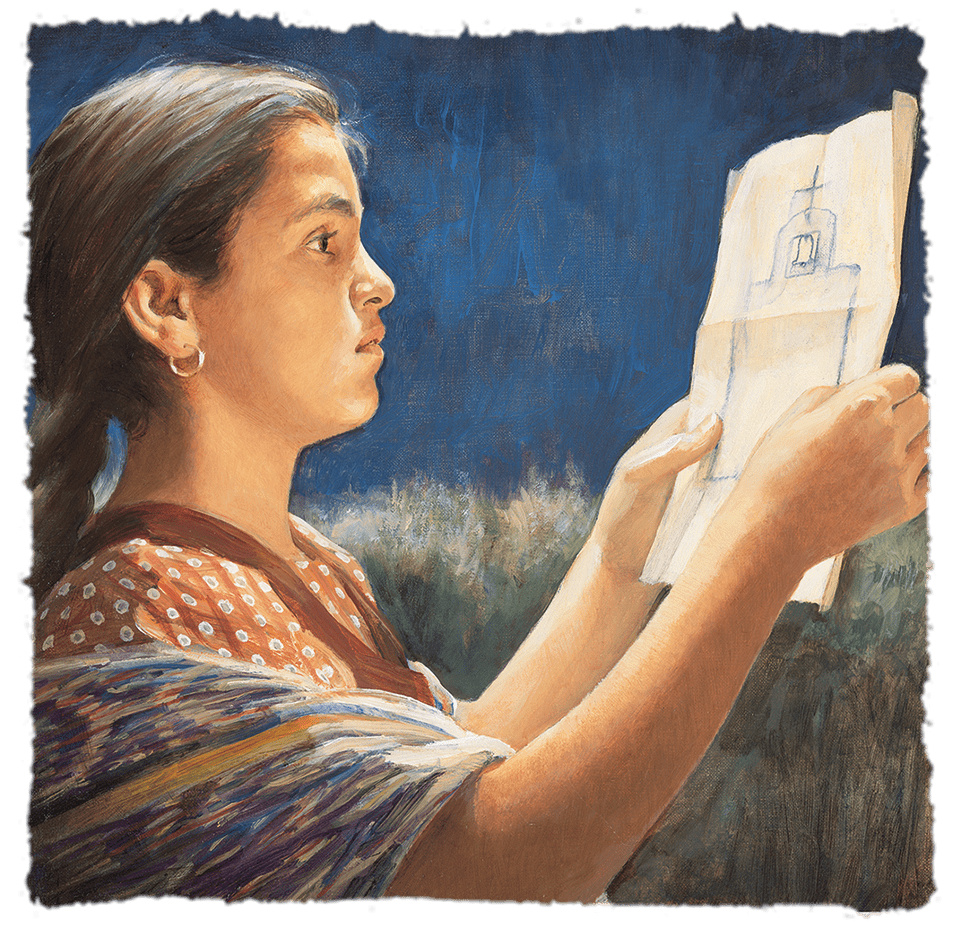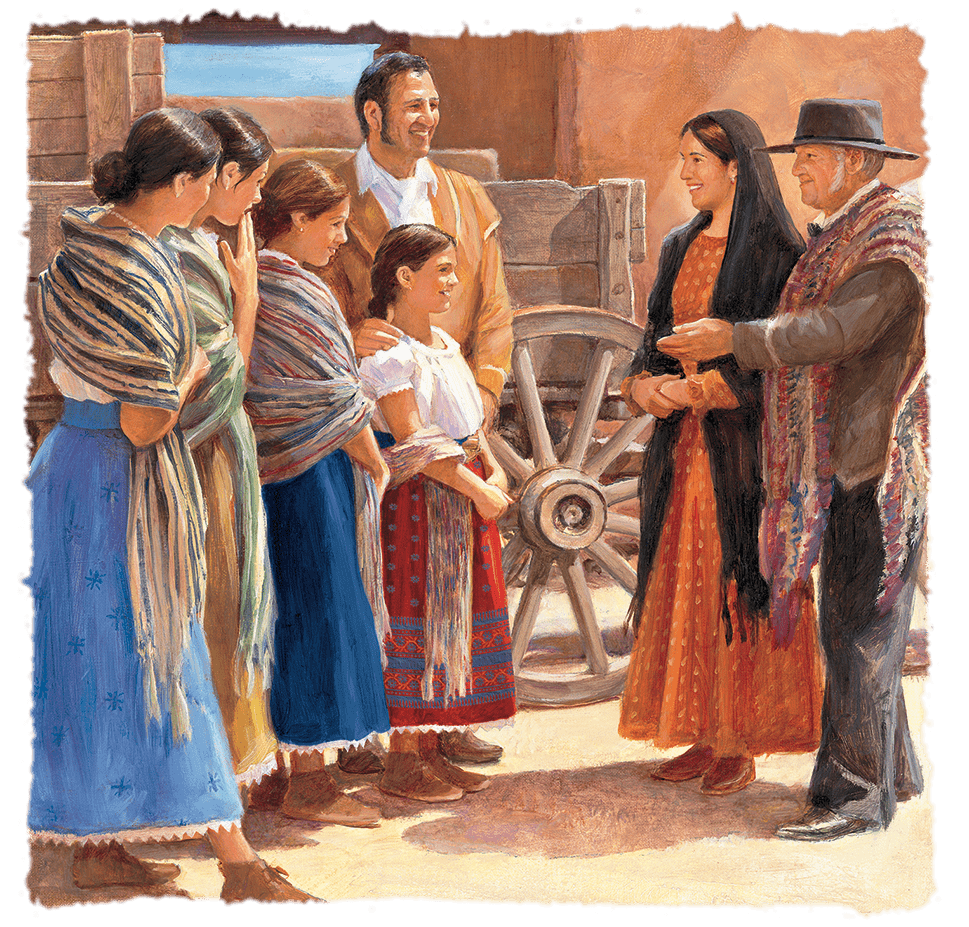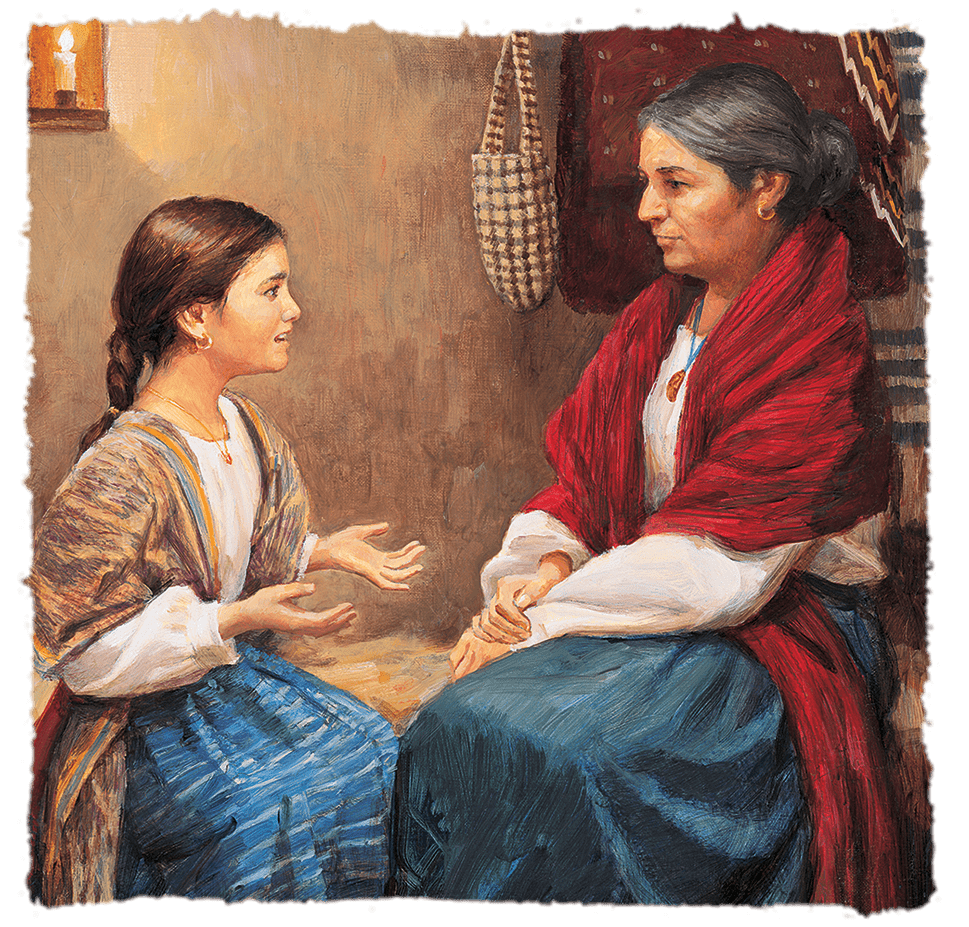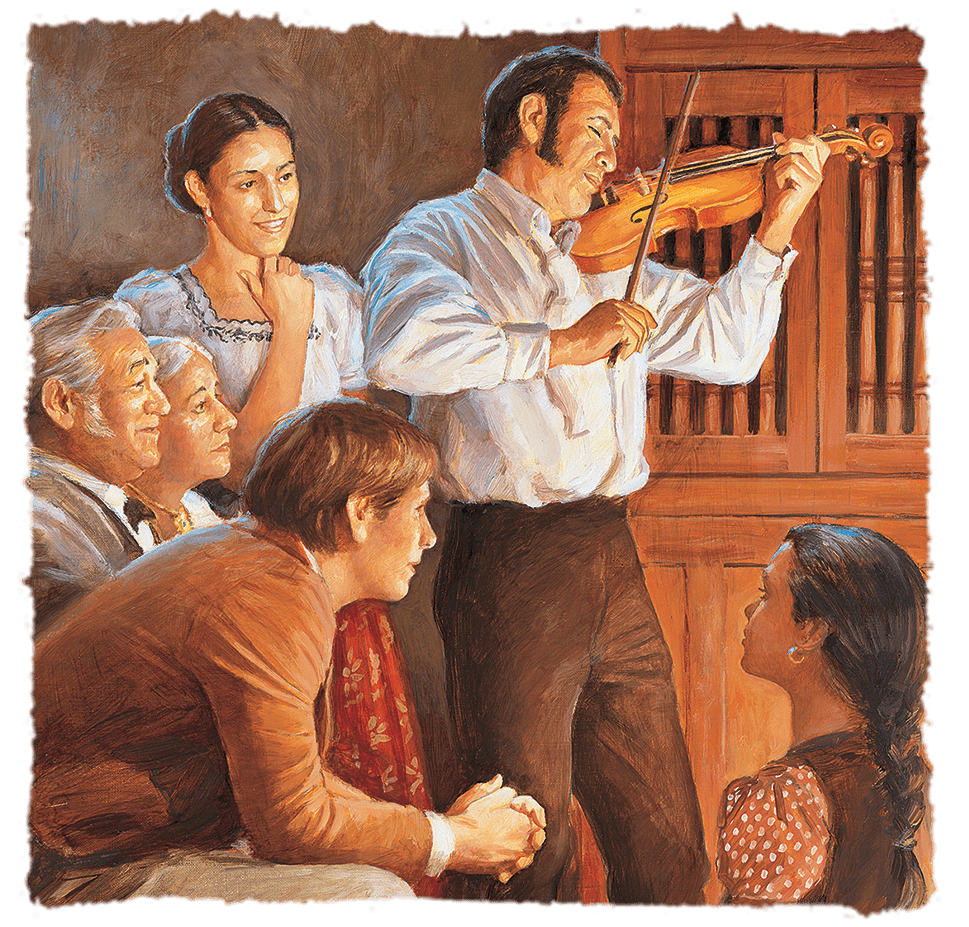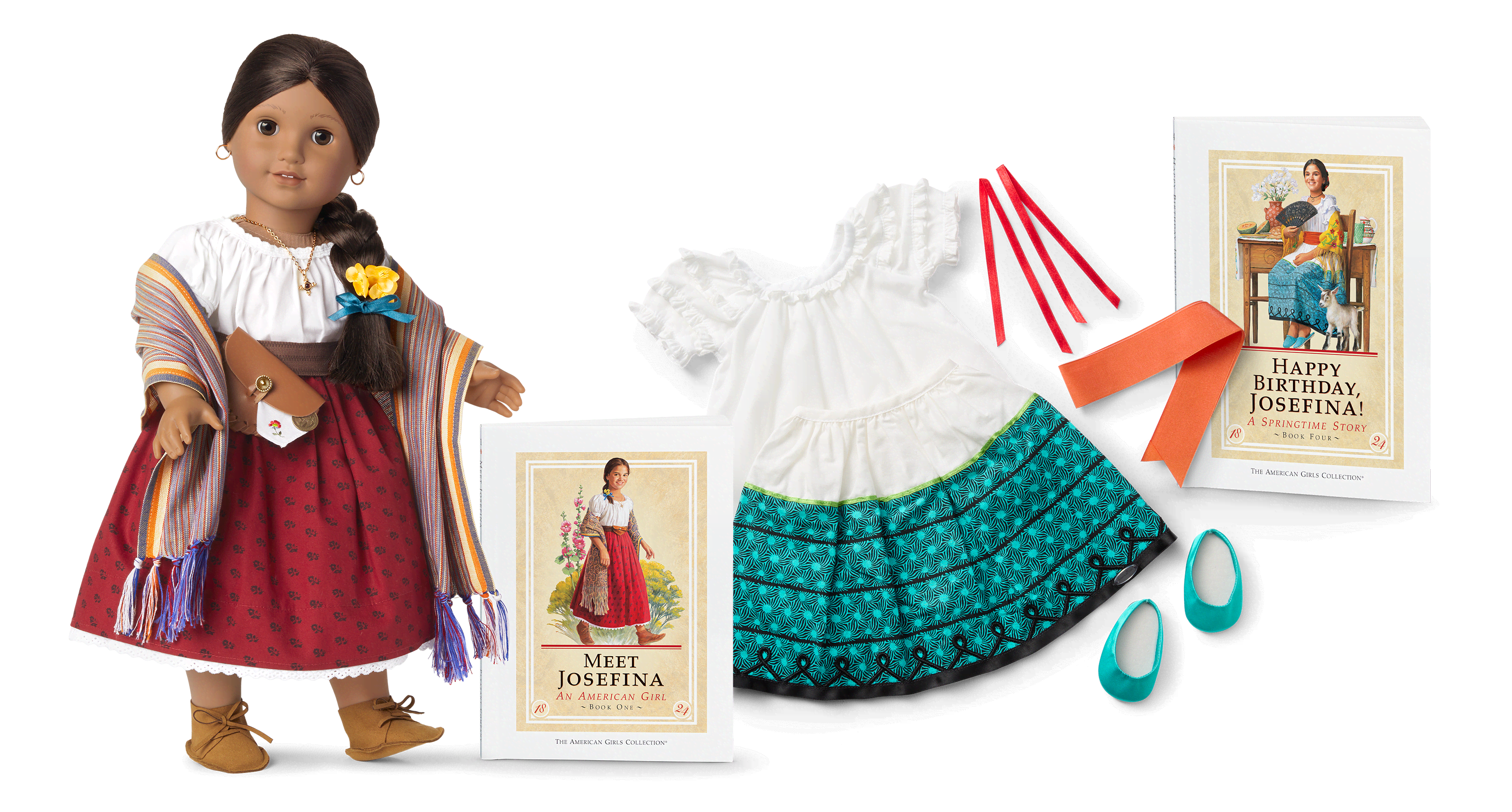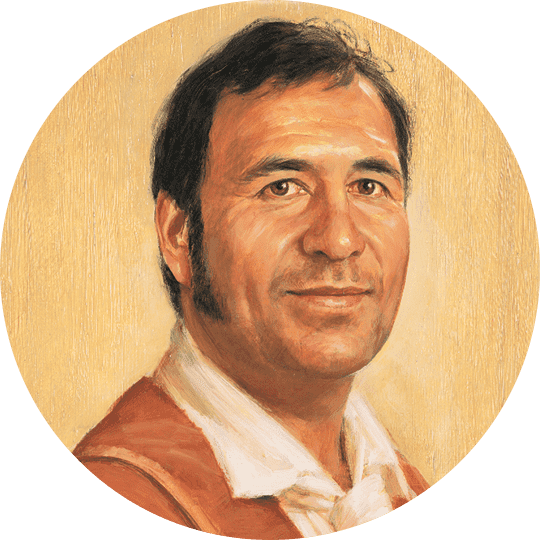
Papá
Papá is respected by his family and neighbors as a landowner who manages his ranch well and is a good leader of his family and his workers. Papá is rather quiet—and even more so since the passing of his wife.

Ana
Josefina’s oldest sister is married and has two little boys, Juan and Antonio. Her husband, Tomas, helps manage the rancho. Ana is warm, devoted, kind, and calm, and she tries hard to fill the space left by Mamá’s as best she can.
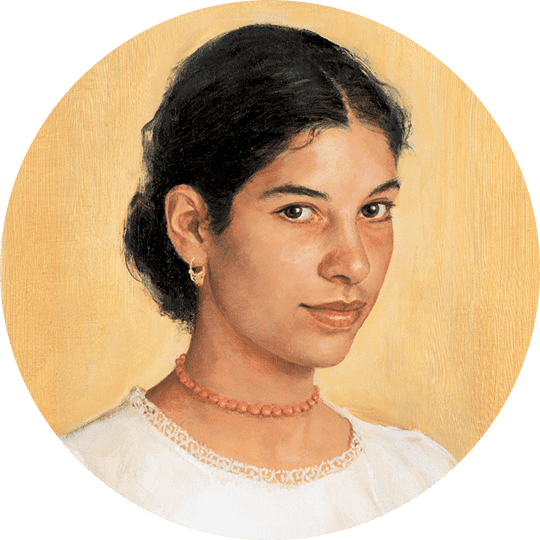
Francisca
Josefina’s fifteen-year-old sister loves to dance at a fandango but quickly grows impatient with careful tasks like sewing. She's bold, quick-tempered, and a bit vain. She worries that Tía Dolores’s new ideas will make her forget Mamá’s ways.
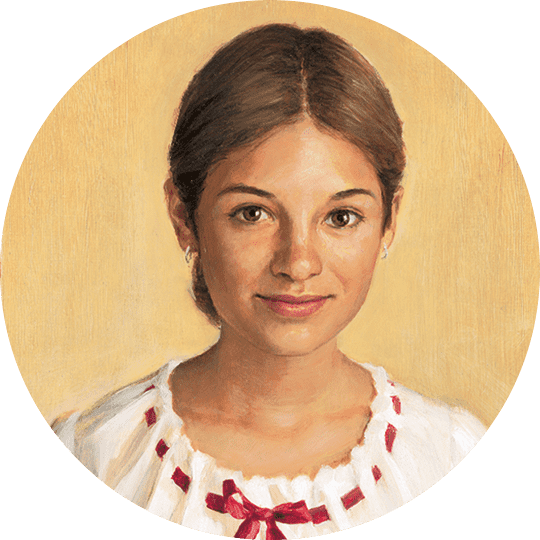
Clara
Josefina is close to her sister Clara, who at twelve is nearest her in age. An expert at embroidery, Clara is sensible and practical, but she misses Mamá terribly—as Josefina discovers when it is time for Clara to give her Niña, the doll that Mamá made.
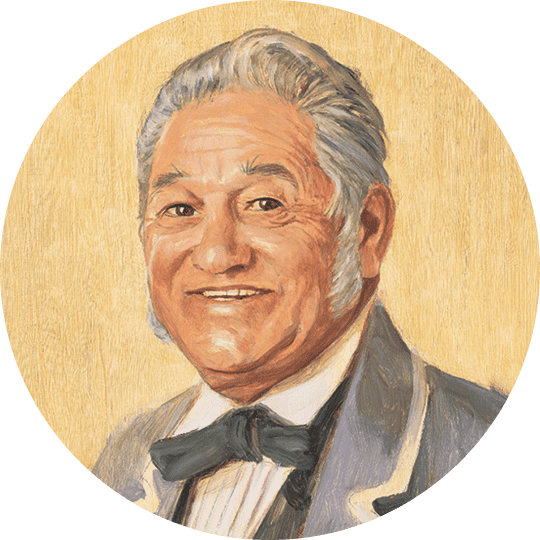
Abuelito
Josefina’s maternal grandfather, Señor Filipe Romero owns a prosperous ranch near Santa Fe. Each year he leads a trading caravan from Santa Fe to Mexico City and back, a long, dangerous journey. He loves to tell funny stories about his adventures.
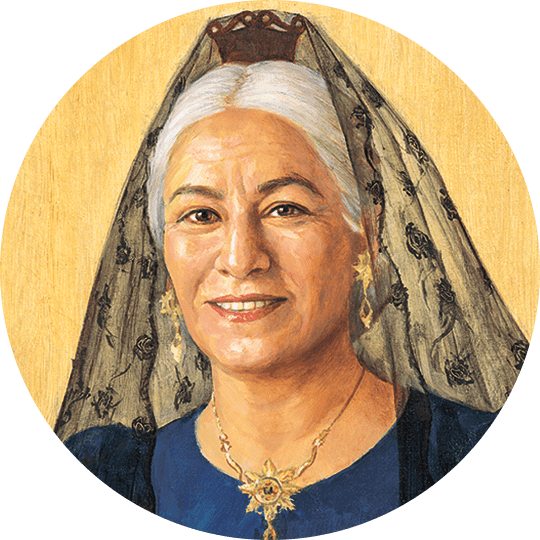
Abuelita
Señora Romero is Josefina’s maternal grandmother. She lives on a ranch near Santa Fe. She is dignified, traditional, and wary of change—especially of the americanos and their strange new ways!
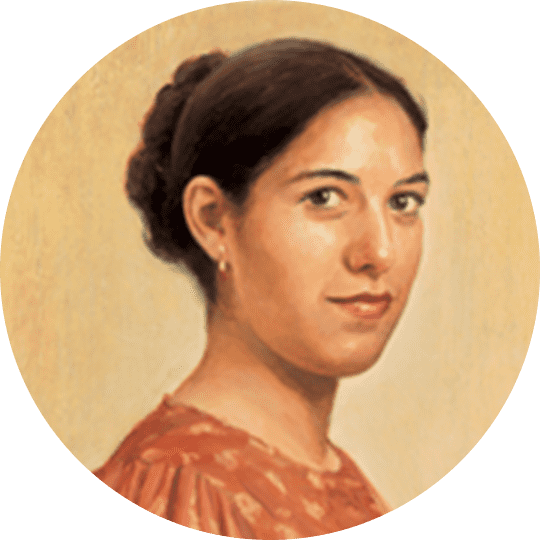
Tía Dolores
Mamá’s much younger sister, Tía Dolores has spent the last 10 years in Mexico City, where she received an education. She knows how to read, write, play the piano, and sew clothes in the latest European fashions—and she has a head for business.
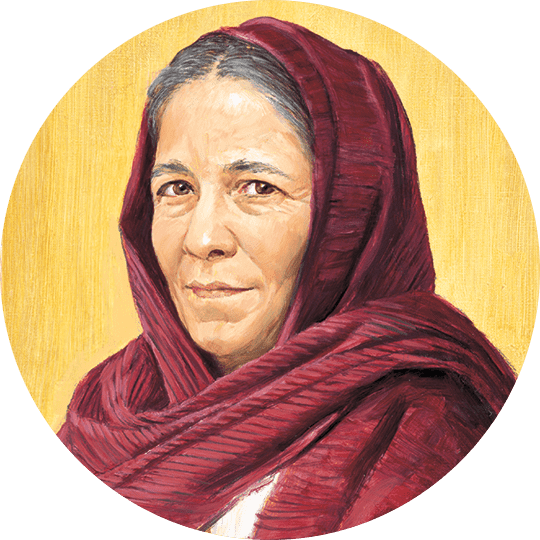
Tía Magdalena
Papá’s older sister and Josefina’s godmother, Tía Magdalena is widowed and lives in the village near the rancho. She is the local curandera, highly respected for her healing skills, her knowledge of medicinal herbs, and her wisdom.
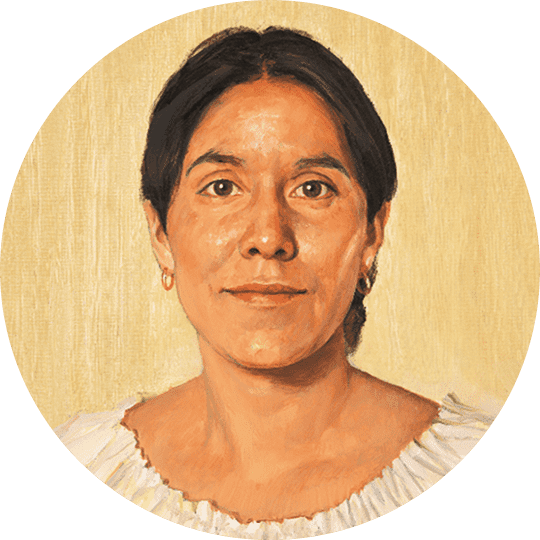
Teresita
Teresita is Tía Dolores’s servant on the ranch and an expert weaver. When the Montoyas set up their weaving business, Teresita patiently teaches Josefina how to weave on a Navajo-style floor loom.
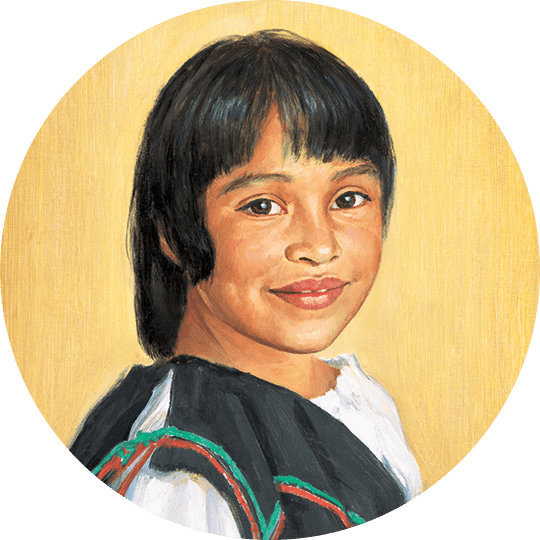
Mariana
Mariana is Josefina’s good friend. She lives in the nearby Indian pueblo. Like Josefina, Mariana is quiet and reserved around adults, as children are expected to be, but when she and Josefina go off on their own, she is friendly and playful.
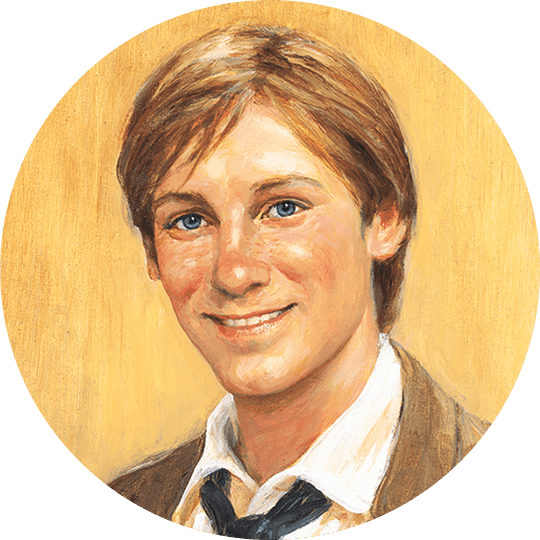
Patrick
Patrick O’Toole is an americano and scout for an American wagon train coming from Missouri to trade in Santa Fe. Josefina asks Patrick to help her make a trade of her own—she wants to get a violin so that Papá can play music again.

Josefina Montoya™ Doll, Book & Accessories
During Josefina’s time, most women and girls’ clothing would have been made locally and dyed using natural materials.
Shop Josefina’s™ Doll, Book & Accessories

Josefina’s™ Birthday Outfit & Book
In her story, Josefina celebrates the feast day of San José, the saint for whom she was named, instead of her birthday.
Shop Josefina’s™ Birthday Outfit & Book
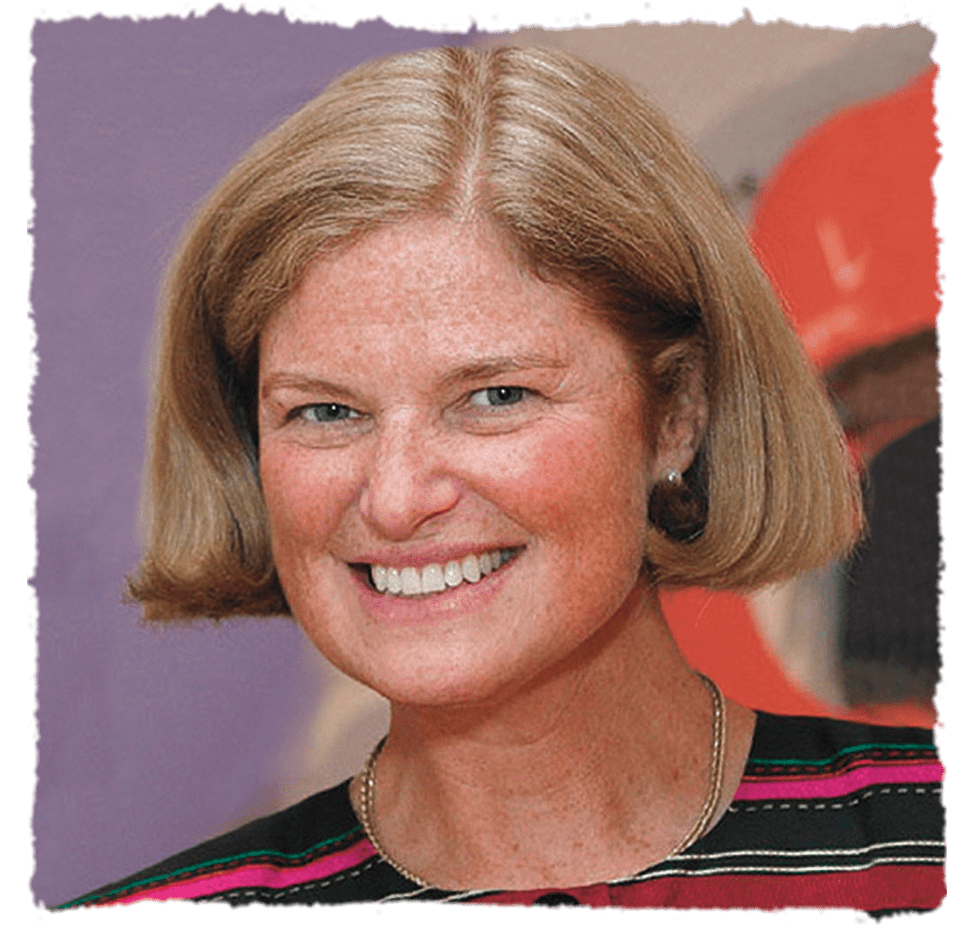
Author Valerie Tripp
Valerie Tripp says that she became a writer because of the kind of person she is. She says she’s curious, and writing requires you to be interested in everything. Some of the details in Kit’s books are based on real things that happened to Ms. Tripp’s mother and grandparents during the Great Depression. Ms. Tripp says talking is her favorite sport, and writing is a way of talking on paper! She’s a daydreamer, which helps her come up with her ideas. And she loves words. She even loves the struggle to come up with just the right words as she writes and rewrites. Ms. Tripp lives in Maryland with her husband.
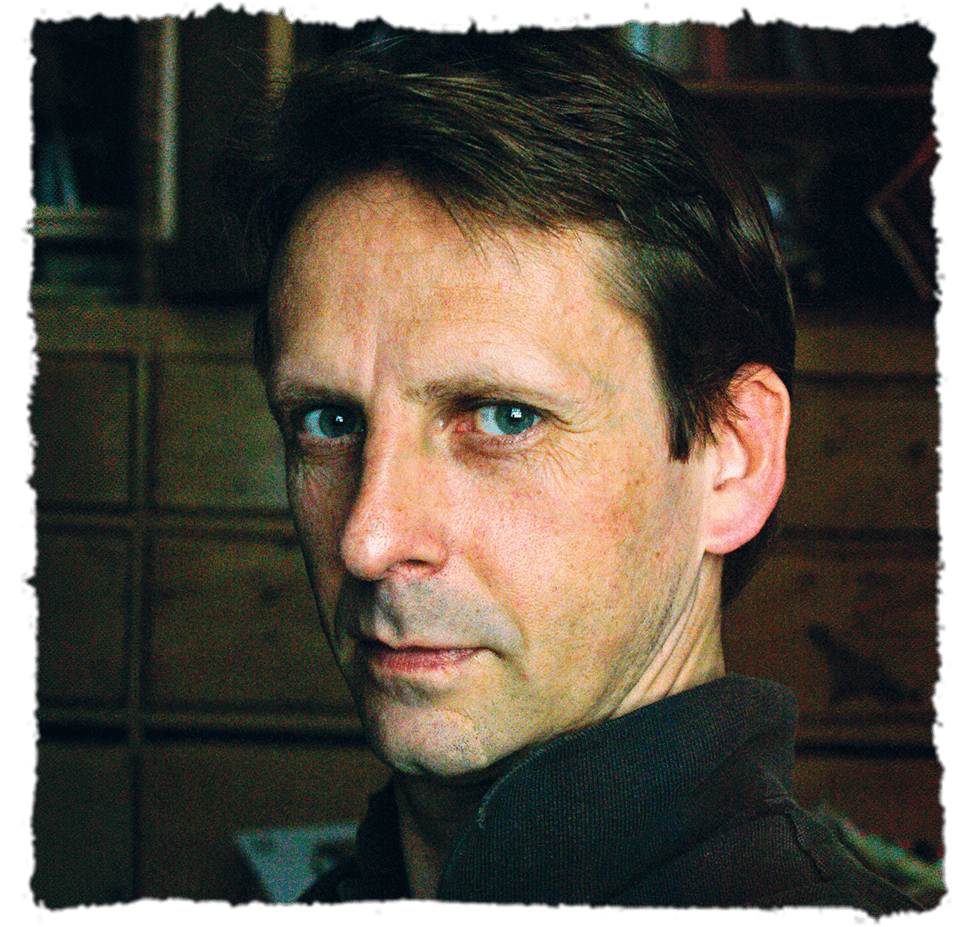
Illustrator Jean-Paul Tibbles
Jean-Paul Tibbles lives in England with his wife. He enjoyed visiting Santa Fe and getting a feeling for Josefina’s world. Jean-Paul’s paintings and portraits have won many international awards.

In Spanish, J is pronounced an H. So Josefina’s name is pronounced “ho-seh-FEE-nah.”

Josefina is a citizen of Mexico. In 1824, the region that later became the states of California, Nevada, Arizona, Utah, Colorado, New Mexico, and Texas was all part of northern Mexico.

In her story, the trade route that Abuelito and Tía Dolores travel from Mexico City to Santa Fe was called El Camino Real, which means “the royal road.”

Tía Magdalena teaches Josefina which plants can be used to treat illness and injuries. This knowledge comes in handy when Josefina’s baby goat is bitten by a rattlesnake!

If she were a real person, Josefina would have become an American citizen in 1848 when she was 33, at the end of the war between the United States and Mexico.

Most girls in colonial New Mexico never learned to read or write but would know how to sew, knit, weave, cook, grow a garden, and preserve food.

Santa Fe is the oldest capital city in the United States. By Josefina’s time, her community around Santa Fe was more than 200 years old.

New Mexican settlers came to North America from Spain in the 1500s. The first colonies the United States were not English, but Spanish.

In Josefina’s time, no girl or young woman went out in public by herself. She would always be accompanied by an adult.

Today, New Mexican Spanish has some language and spelling differences from European Spanish—sort of like the differences between American and British English.

In colonial New Mexico, books, musical instruments, and luxuries like china, lace, jewelry, and chocolate were rare and expensive.

In 1821, americano traders began arriving from Missouri by wagon train. It was a difficult trip in a horse-drawn wagon! This route became known as the Santa Fe Trail.




